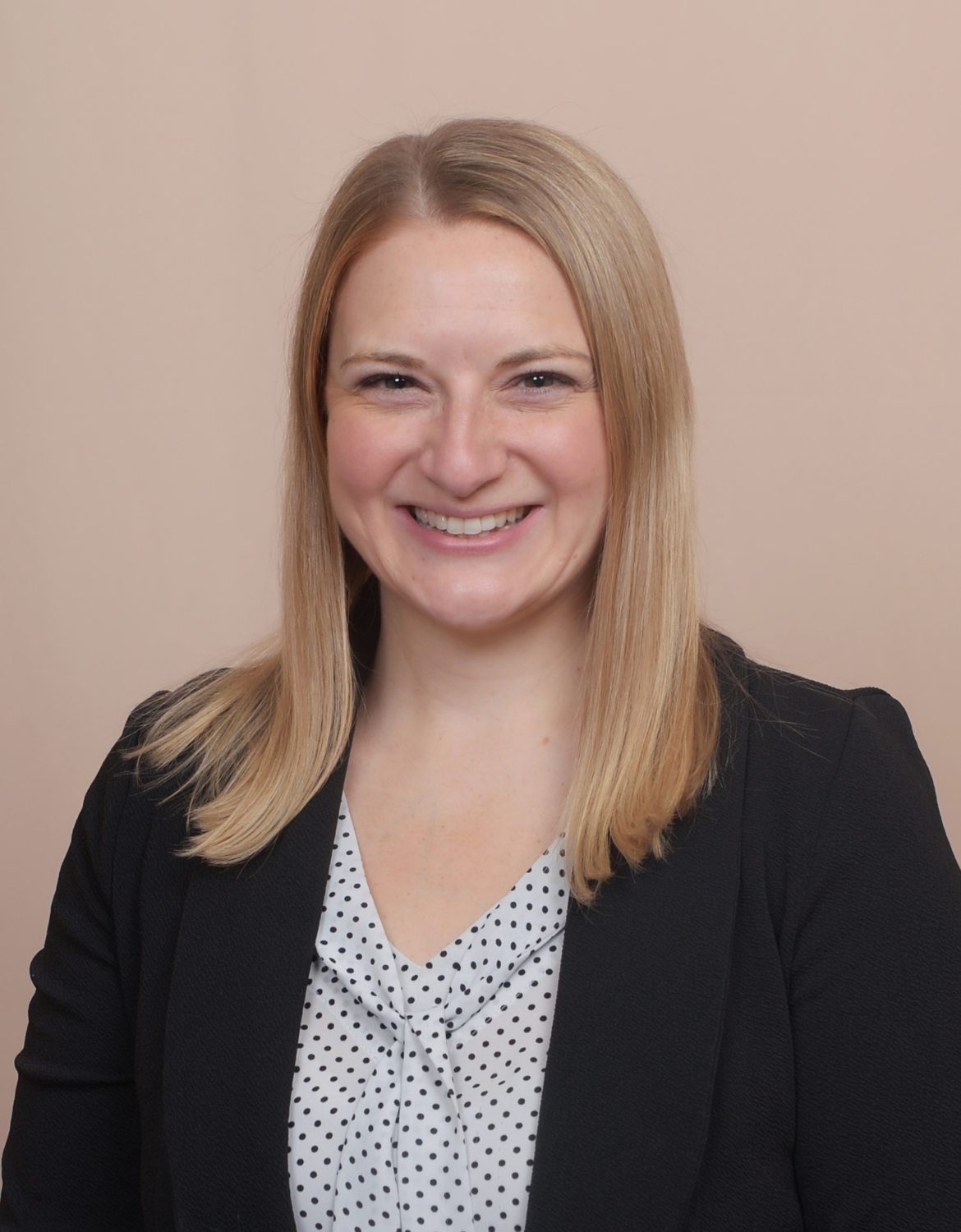
Lauren S. Reid
Bungay Elementary School
Seymour, Connecticut
lreid@seymourschools.org
Best Practices
1) As a former instructional coach and current assistant principal, one of the areas that I believe is vital to both teacher development and student achievement is professional learning. Creating a collaborative system for professional learning that focuses on a district or school’s vision, mission, and goals allows for ongoing improvement to instruction and learning. As the assistant principal of Bungay School, I am involved at various levels in the professional learning of all staff, promoting collaborative practices and leadership opportunities, leading others to be reflective of data and instructional practices, and collaborating to develop lead, and support professional learning opportunities. The professional learning I helped implement during the 2017-2018 school year was grounded in both the district goals and building school improvement plan,. In collaboration with the building principal, district administration, our school-wide data team, and our school PDEC members, high quality professional learning was implemented and monitored to improve practice. An example of an embedded ongoing professional learning that occurred this past year was the staffs’ engagement in the book study of the Lucy Calkins’ writing and reading unites of study. The book studies promoted collaborative practices and helped to foster teacher leaders at each grade level. A similar book study was conducted among the Unified Arts staff around Responsive Classroom practices and behavior management. In addition to this, I also presented professional learning in the area of our school improvement plan, reading and writing workshop, math talk, behavior management, SBAC, and NWEA MAP. In observing teacher practice, I looked for evidence of new learning from these experiences and gave teachers specific feedback on the implementation of strategies. I also looked for opportunities to foster leadership among teachers and staff. I worked with the SRBI math teacher to grow her practice around math talk. She was then able to present to teachers during grade level meetings, data team meetings, and push in to classrooms to model and co-teach. In collaboration with the school-wide data team we ensured staff was involved in the development of our school improvement plan, presented professional learning focused on strategies to improve learning and provided feedback on effective strategies and next steps in our process. In planning professional learning we considered multiple sources of information including our school improvement plan, district goals, assessment data, staff feedback and classroom observations. As a leader I also need to participate in my own professional learning and model this best practice.
2) School leaders must work collaboratively to develop, implement, and sustain the vision, mission, and goals in order to support high expectations for all students and staff. In developing a shared vision, mission, and goals student success is ensured to be the center of work that is done each day. It is my belief that when forming a shared vision, schools must focus on the whole child. In my work to support our district and school vision I have looked for opportunities to bring both social emotional learning and the whole child to the forefront. Each year I work in collaboration with the district, building principal and school-wide data team to create and implement the Bungay School Improvement Plan. This past year, the team collaborated to identify areas of need based on school data, teacher input, and district goals. Our process for creating and implementing our school improvement plan are embedded in the practices of Visible Learning, creating, regularly reviewing, and implementing a school improvement plan that addresses student and staff learning needs. Our school improvement plan is visible not only on the walls of our conference room, but also represented in the routines and practices of the school-based team. We built capacity within the data team members in order for them to present to the entire staff during the beginning of the year professional learning sessions. The teachers on the school-wide data team also presented the staff throughout the year during morning data team meetings with each grade level, sharing evidence of how they are working to implement strategies aligned with the goal. Our team of teachers worked cohesively to review the goals and data throughout the year to address the learning needs of the students and staff. The school-wide data team also engaged in walkthroughs to observe instruction aligned to our school improvement plan. Our school climate committee, which consists of staff and parents, met throughout the year to review our goals, survey data, and plan school-wide initiatives that align with our goals (Kindness Rock Garden, Be Kind Assembly, Looking for the Good Project, and Parent Workshops). Throughout the year and, specifically, at the end of the year, the whole school reviewed our school improvement plan indicating strategies implemented, celebrations, questions and next steps or concerns. This work was done to build the capacity of our staff in reviewing our vision and setting high expectations.


